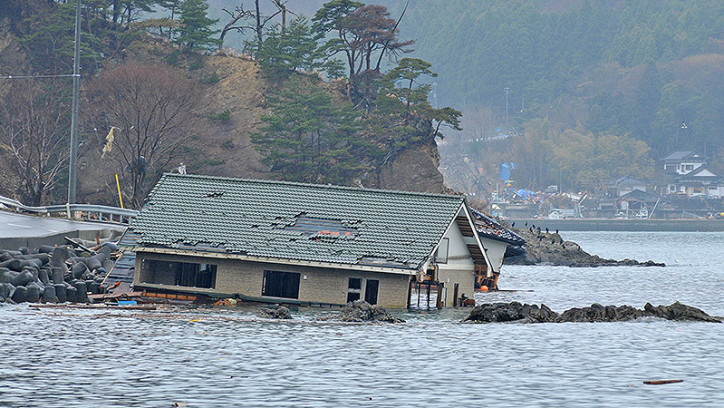Designing vertical evacuation structures for tsunami loads
Last updated: 7 July 2020

Vertical evacuation structures provide refuge for people in the event of a tsunami. They can be considered as a tsunami risk mitigation option for coastal areas of New Zealand where it may not possible for all those at risk to evacuate inland or to higher elevations out of tsunami hazard zones before tsunami waves arrive.
The Ministry of Business, Innovation and Employment (MBIE) has developed a document to inform the design, construction and operation of vertical evacuation structures, in conjunction with a working group from across the sector.
Tsunami loads and effects on vertical evacuation structures [PDF 2MB].
The information in this document is primarily based on the ASCE/SEI 7, 2016 standard which is published by American Society of Civil Engineers, and is used with their permission.
A vertical evacuation structure is a building specifically designed and built to resist the effects of tsunami waves. They provide a refuge for people before the tsunami waves arrive when there is not enough time to evacuate or move to higher ground. In New Zealand, they should be considered as a tsunami risk mitigation option for low-lying coastal locations where other risk mitigations cannot sufficiently reduce the risk.
MBIE has developed this document to cover the second phase of a two-phase programme about tsunami risk mitigation with a particular focus on vertical evacuation structures. This information is not intended for application to other types of structures or hazards and has no statutory position under the Building Act 2004.
The phase one guidance has already been published by NEMA to support understanding tsunami hazards, assessing the risk and evaluating different risk management measures.
Phase one guidance on Tsunami evacuation zones - National Emergency Management Agency.
ASCE/SEI 7, 2016 - American Society of Civil Engineers.
More information about tsunamis - GNS Science.